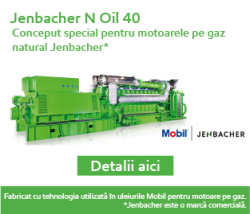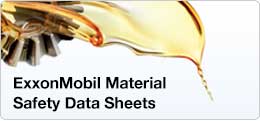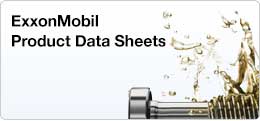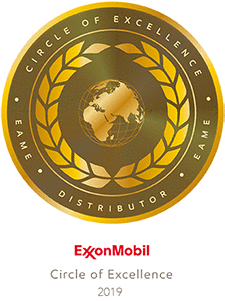Important things to check during the car’s periodic inspection
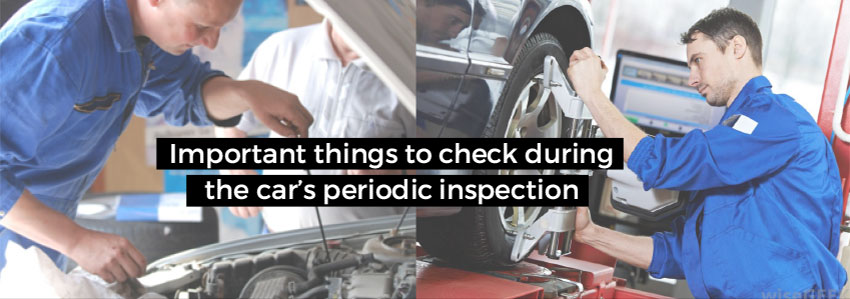 Important things to check during the car’s periodic inspection
Important things to check during the car’s periodic inspection
When you are in your car, safety must come first every time. Therefore, it is important that it be in very good technical condition. How do you know that the car can be driven safely under all conditions? It’s simple! By performing the periodic technical inspection on time, you free the vehicle from premature wear and costly repairs that could have been avoided.
The technical inspection must always be performed on time, depending on the car’s type, the frequency of its use and its age. This process includes a variety of inspections, tests and maintenance activities, and when all operations are done, the driver and the other passengers can hit the road without worries.
What does the car’s periodic inspection involve?
To make sure that the vehicle you drive can carry you safely from point A to point B without creating you problems, there is a number of operations that must be performed. The maintenance activities can be performed by the personnel of the garage you go to regularly or by yourself if you have experience or expertise in performing any of these operations.
Here are the priority elements during a technical inspection:
- Visual inspection of the engine in order to detect any traces of oil or other types of liquids
- Inspection of the stability of the wheels and their geometry
- Inspection of the steering gear
- Inspection and change of belts (if necessary)
- Change of engine oil, power steering or gearbox
- Change of air, oil and pollen filters
- Inspection of the brake pads and shoes (as appropriate) and their change
- Inspection of headlamps (low beam, long beam, signaling, taillights and reverse gear)
- Inspection and change of the brake fluid (if necessary)
- Inspection and completion of the antifreeze solution
- Inspection of the dashboard warning lights
- Change of the spark plug if necessary
These are the main elements that contribute to passenger safety while driving. However, there are a number of inspections that must be performed to enhance the comfort of those in the car. For example, cleaning the air conditioner, refiling with Freon and checking the cooling level belong to this category.
Also, checking the aesthetic defects like rust or scratches is important. For example, rust spreads very quickly when the vehicle is kept in areas with high moisture levels and this may reduce the quality and resistance of certain parts.
Changing the distribution belt, the tension roller, lubricating the screws in areas of major importance are also essential activities, but they do not need to be performed often. In general, the instructions book of the car specifies the necessary intervals for the inspection and change of such parts.
How soon should the car inspection be performed?
There are many ideas about the appropriate time to perform the general inspection of the car. Thus, you will hear variants where the inspection should be performed after 10,000, 15,000 or even 20,000 kilometers traveled. Also, there are people who argue that the car’s inspection should be performed only before the periodic technical inspection.
The optimal time for an inspection differs depending on the driving style, the car’s maintenance, the car parts and consumables used or the environment. It is best to follow the manufacturer’s directions present in the instruction book of the car. This is very important especially given that manufacturers like Opel, Dacia, Renault, Volkswagen and others may have different indices when it comes to the right time to perform the car’s inspection.
The advantages of performing the car’s inspection in time
Performing the technical inspection at the right time is very important because it can help you get rid of unnecessary expenses and avoid fatal accidents. A major advantage of the observance of the inspections time limits is the extension of the vehicle’s life span as well as the maintenance of its performance.
When you have a clear record on spare parts and consumables that you have changed, the resources such as fuel or oil are used more effectively. Thus, you manage to save money on car maintenance.




